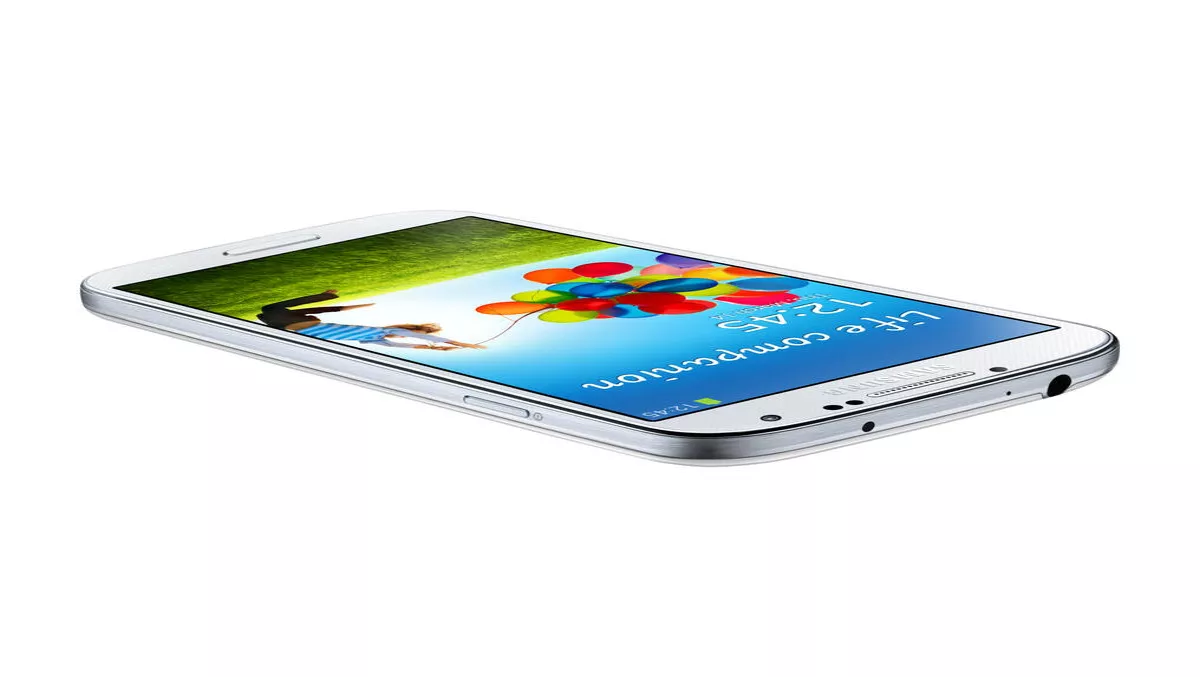
Worldwide smartphone sales to end users reached 225 million units, up 46.5% from the second quarter of 2012.
That's according to recent data released by Gartner, who says Samsung maintained the no.1 position in the market, with a share of 31.7%.
“Smartphones accounted for 51.8% of mobile phone sales in the second quarter of 2013, resulting in smartphone sales surpassing feature phone sales for the first time,” says Anshul Gupta, principal research analyst at Gartner.
Mobile phone vendor perspective:
Samsung:
“We see demand in the premium smartphone market come mainly from the lower end of this segment in the $400-and-below ASP mark," Gupta says.
"It will be critical for Samsung to step up its game in the mid-tier and also be more aggressive in emerging markets.
"Innovation cannot be limited to the high end."

Apple:
While sales continued to grow, the company faced a significant drop in the ASP of its smartphones.
Despite the iPhone 5 being the most popular model, its ASP declined to the lowest figure registered by Apple since the iPhone's launch in 2007.
The ASP reduction is due to strong sales of the iPhone 4, which is sold at a strongly discounted price.
“While Apple’s ASP demonstrates the need for a new flagship model, it is risky for Apple to introduce a new lower-priced model too,” Gupta says.
“Although the possible new lower-priced device may be priced similarly to the iPhone 4 at $300 to $400, the potential for cannibalisation will be much greater than what is seen today with the iPhone 4.
"Despite being seen as the less expensive sibling of the flagship product, it would represent a new device with the hype of the marketing associated with it.”
Nokia:
Slowing demand of feature phone sales across many markets worldwide, and fierce competition in the smartphone segment, affected Nokia’s mobile phone sales during Q2, with sales totaling 61 million units, down from 83 million units a year ago.
“With the recent announcement of the Lumia 1020, Nokia has built a wide portfolio of devices at multiple price points, which should boost Lumia sales in the second half of 2013,” Gupta says.
“However, Nokia is facing tough competition from Android devices, especially from regional and Chinese manufacturers which are more aggressive in terms of price points.”
Lenovo:
Lenovo’s mobile phone sales grew 60.6% to reach 11 million units in the second quarter of 2013.
The company's quarter performance was bolstered by smartphone sales, growing 144% year-over-year to rise to the no.4 spot in the worldwide smartphone market for the first time.
"Lenovo continues to rely heavily on its home market in China, which represents more than 95% of its sales," Gupta says.
"It remains challenging for Lenovo to expand outside China as it has to strengthen its direct channel as well as its relationships with communications service providers.

Operating system
In the smartphone operating system market however, Microsoft took over BlackBerry for the first time, taking the No. 3 spot with a 3.3% market share during Q2.
“While Microsoft has managed to increase share and volume in the quarter, Microsoft should continue to focus on growing interest from app developers to help grow its appeal among users,” Gupta says.
Unsurprisingly, Android continued to increase its lead, garnering 79% of the market in the second quarter.
Outlook
“With second quarter of 2013 sales broadly on track, we see little need to adjust our expectations for worldwide mobile phone sales forecast to total 1.82 billion units this year," Gupta advises.
"Flagship devices brought to market in time for the holidays, and the continued price reduction of smartphones will drive consumer adoption in the second half of the year."